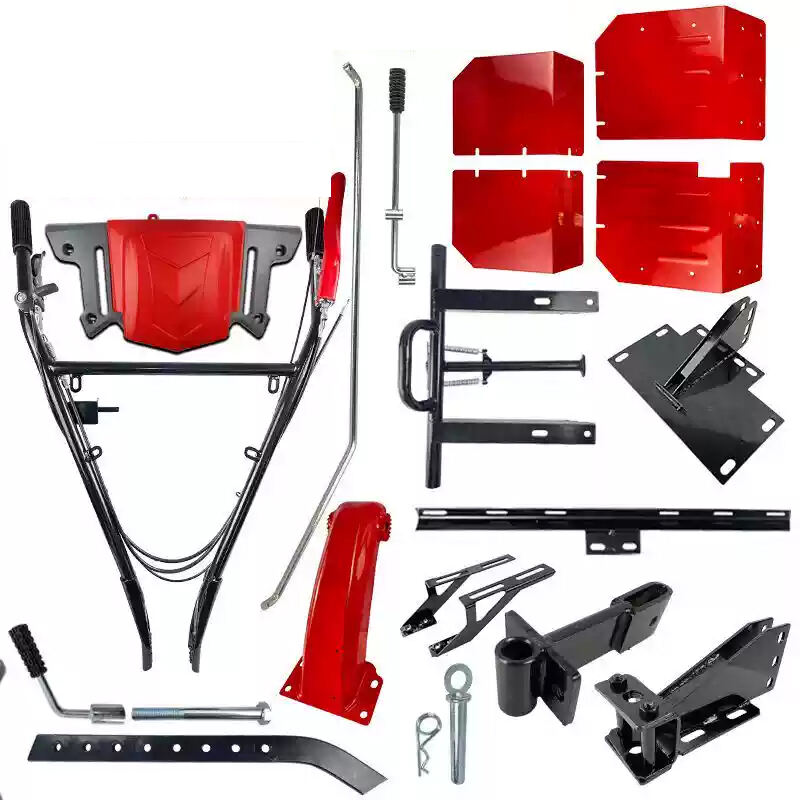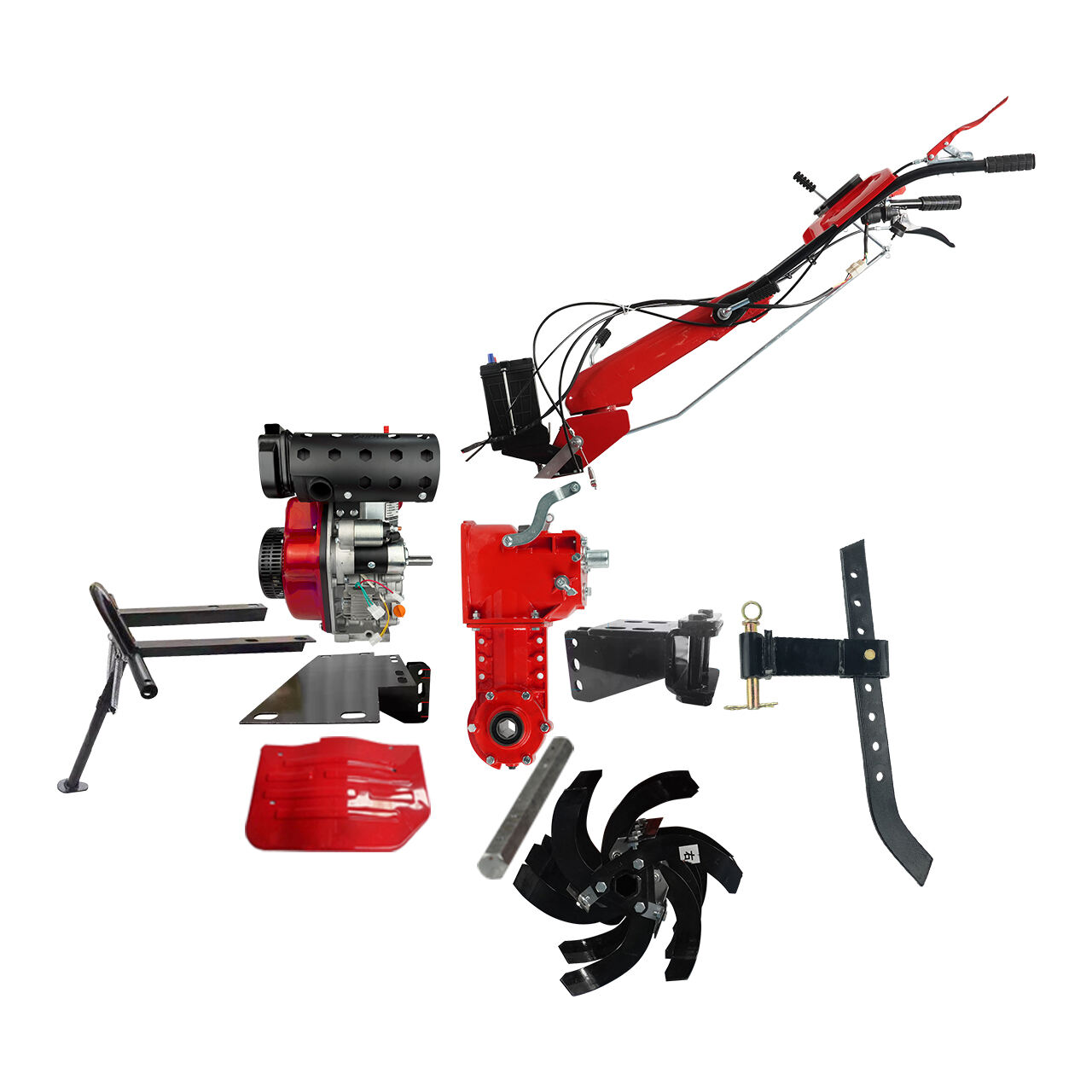rotary tiller blade
The rotary tiller blade is a crucial agricultural implement designed to efficiently break up and aerate soil for optimal cultivation. These specialized blades, typically crafted from high-grade steel, are mounted on a rotating shaft that's powered by a tractor or dedicated tilling machine. As the shaft rotates, the blades cut into the soil, effectively breaking up compacted earth, removing weeds, and creating an ideal seedbed for planting. The design incorporates curved edges and specific angles that maximize soil penetration while minimizing power consumption. Modern rotary tiller blades feature advanced metallurgical compositions that enhance durability and resist wear from continuous soil contact. These implements are available in various sizes and configurations to accommodate different soil types and cultivation requirements. The blades work in conjunction with the tiller's gear system to achieve optimal rotation speeds, ensuring thorough soil preparation without causing excessive soil pulverization. This technology has revolutionized land preparation by significantly reducing the time and effort required compared to traditional methods, while simultaneously improving soil structure and promoting better root development for crops.


